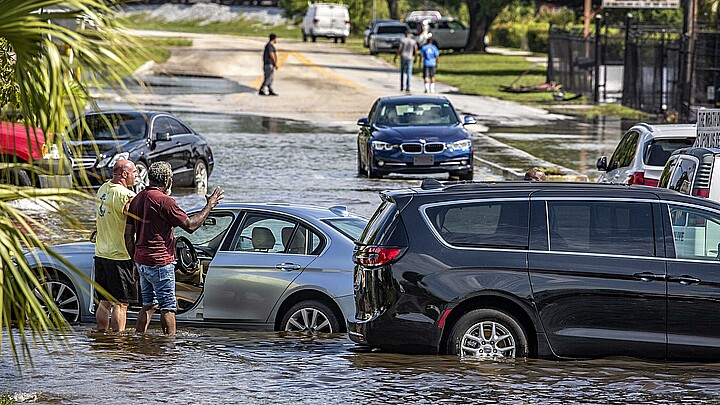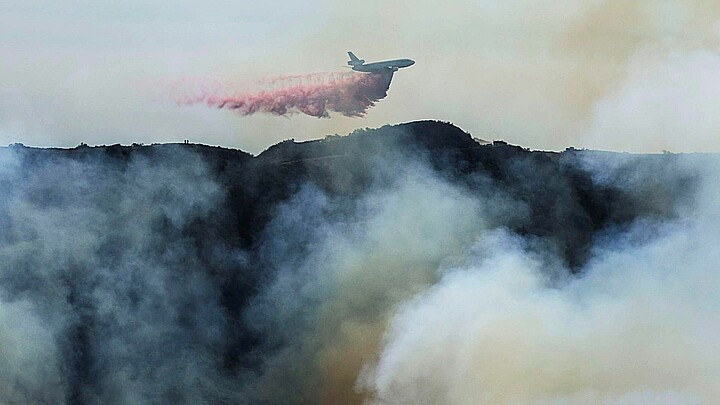Climate
Saharan dust plume to hit Florida and Texas this weekend
While the dust can cause vibrant sunrises and sunsets, it can also lead to poor air quality in the regions it affects
May 20, 2022 1:30pm
Updated: May 20, 2022 6:03pm
This season’s first Saharan dust is expected to hit the southeastern U.S. this weekend after traveling 5,000 miles across the Atlantic Ocean.
"This is a pretty common phenomenon," WYFF News 4 Chief Meteorologist Chris Justus said. "It's something we track and happens this time of year."
This mass of dry, dusty air just left the Sahara earlier this week. Usually, these dust masses ramp up in mid-June and peak between late June and mid-August, declining again by the end of August.
First round of #SaharanDust headed across the Atlantic towards the Gulf Coast!
— Scot Pilié (@ScotPilie_Wx) May 17, 2022
Hazy sky likely later this week-weekend. Although concentration of dust particles doesn't appear that high, increased allergies possible for those with respiratory issues. @weatherchannel pic.twitter.com/LgOCk24QeU
“Saharan Air Layer (SAL) outbreaks can form when ripples in the lower-to-middle atmosphere, called tropical waves, track along the southern edge of the Sahara Desert and loft vast amounts of dust into the atmosphere,” according to NOAA’s Atlantic Oceanography and Meteorological Laboratory.
“As the SAL crosses the Atlantic, it usually occupies a 2 to 2.5-mile-thick layer of the atmosphere with its base starting about 1 mile above the surface. The warmth, dryness, and strong winds associated with the SAL have been shown to suppress tropical cyclone formation and intensification,” it continues.
During this period, a Saharan Air Layer moves into the Atlantic every three to five days, according to NOAA. The Saharan dust then travels across the ocean, where wind patterns can stretch it towards parts of the U.S.
The 2022 Saharan dust season officially started on Tuesday. According to NOAA’s satellite imagery, this first outbreak had reached parts of the Caribbean sea as of Thursday.
According to NASA’s Global Modeling and Assimilation Office, the plume is expected to hit the Gulf of Mexico and parts of the Florida Peninsula by Saturday. Then, on Sunday, winds might steer the wind farther north into the nation.
While the dust can cause vibrant sunrises and sunsets, it can also lead to poor air quality in the regions it affects. This is because the dusty air from the plume has about 50% less moisture than the regular tropical atmosphere. It can also lead to more allergies.
Saharan dust doing its thing. 📷 Todd Bober on Crystal Beach #Florida #sunset pic.twitter.com/bpMAky7lH9
— Paul Dellegatto⚡️FOX (@PaulFox13) May 19, 2022
The Saharan Air Layer also helps suppress hurricane formation in the Atlantic by quelling unfavorable tropical development.










